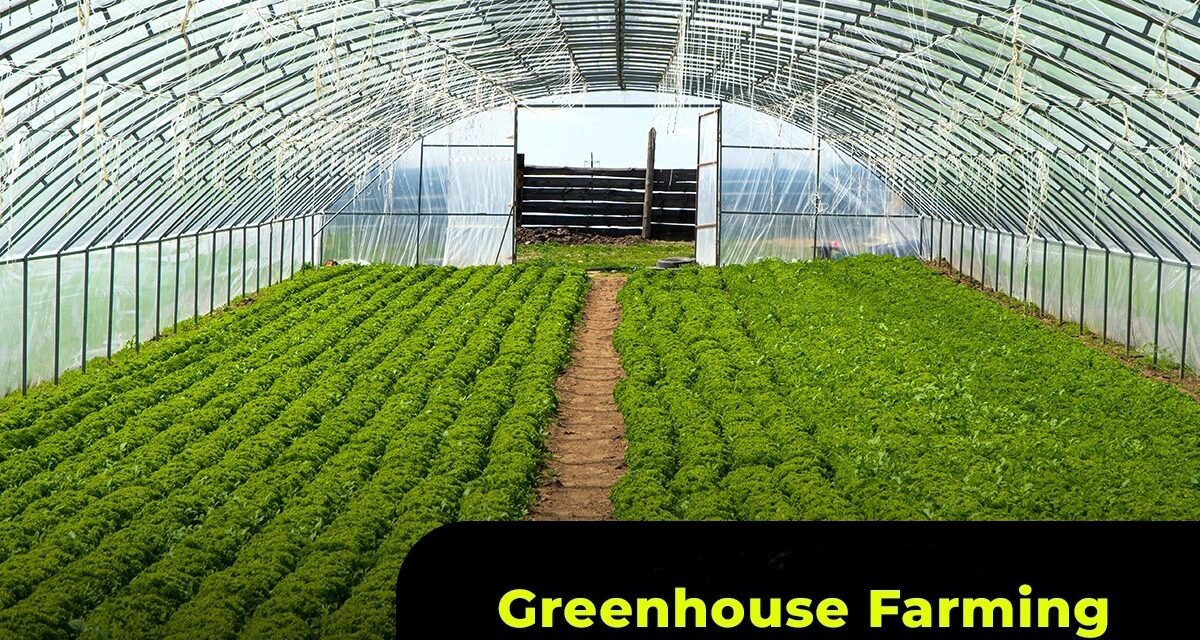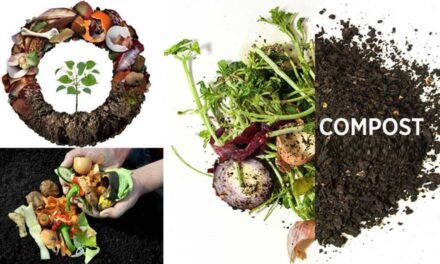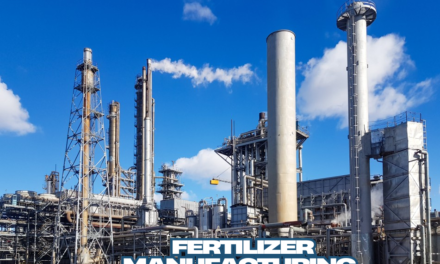Greenhouse farming is a highly effective way to increase the yield of fresh vegetables by creating controlled environmental conditions that optimize plant growth. This approach offers significant advantages in terms of productivity, resource efficiency, and year-round cultivation. Here’s how greenhouse farming can increase the yield of fresh vegetables:
1. Controlled Environment
- How It Helps:
- Regulates temperature, humidity, light, and ventilation to provide ideal growing conditions.
- Protects plants from extreme weather, such as frost, heatwaves, heavy rain, or strong winds.
- Impact on Yield:
- Ensures consistent growth and higher productivity throughout the year.
- Reduces stress on plants, leading to better fruiting and quality.
2. Extended Growing Seasons
- How It Helps:
- Allows vegetables to be grown year-round, even in regions with extreme climates.
- Enables early planting and late harvesting beyond typical outdoor growing seasons.
- Impact on Yield:
- Increases the number of cropping cycles per year, significantly boosting annual production.
3. Efficient Water Management
- How It Helps:
- Implements drip irrigation or hydroponic systems to deliver water directly to the plant roots.
- Reduces water loss through evaporation compared to open-field farming.
- Impact on Yield:
- Ensures plants receive consistent hydration, promoting healthier growth and higher yields.
- Saves up to 70–90% of water compared to traditional farming.
4. Pest and Disease Control
- How It Helps:
- Greenhouses act as physical barriers, keeping out many pests and reducing exposure to diseases.
- Integrated pest management (IPM) methods, such as biological controls and screened ventilation, are more effective in greenhouses.
- Impact on Yield:
- Reduces crop losses from pest infestations and diseases, increasing marketable produce.
5. Improved Soil Management
- How It Helps:
- Allows for the use of sterilized or controlled soil to minimize contamination and nutrient imbalances.
- Hydroponic and soilless systems eliminate soil-borne diseases and improve root access to nutrients.
- Impact on Yield:
- Promotes faster and healthier plant growth, leading to higher yields.
6. Optimized Nutrient Delivery
- How It Helps:
- Fertigation (combining fertilization with irrigation) provides precise nutrient delivery.
- Tailored nutrient solutions for hydroponics and aquaponics ensure optimal growth.
- Impact on Yield:
- Maximizes nutrient absorption and reduces waste, improving both yield and crop quality.
7. Enhanced Light Control
- How It Helps:
- Greenhouses can use supplemental lighting (e.g., LEDs) to extend daylight hours in winter.
- Shading materials or coatings prevent excessive light or heat during summer.
- Impact on Yield:
- Ensures consistent photosynthesis rates, accelerating growth and productivity.
8. Space Optimization
- How It Helps:
- Vertical farming systems within greenhouses maximize the use of limited space.
- Multi-layered growing racks increase the number of plants per square meter.
- Impact on Yield:
- Boosts production per unit area, making efficient use of land.
9. Protection from Environmental Stress
- How It Helps:
- Shields plants from environmental stresses like drought, floods, hail, or UV radiation.
- Mitigates the effects of climate change, ensuring stable production.
- Impact on Yield:
- Prevents crop losses due to unpredictable weather, maintaining higher yields.
10. Reduction in Post-Harvest Losses
- How It Helps:
- Cultivation in greenhouses often leads to cleaner and more uniform produce, reducing damage during harvest.
- Enables on-site grading and storage under optimal conditions.
- Impact on Yield:
- Increases the proportion of marketable produce, enhancing profitability.
11. Faster Crop Cycles
- How It Helps:
- Controlled conditions promote faster germination, growth, and fruiting.
- Shorter crop cycles mean more harvests within the same time frame.
- Impact on Yield:
- Improves overall productivity and revenue potential.
12. High-Value Crop Cultivation
- How It Helps:
- Greenhouses are ideal for growing high-value vegetables like tomatoes, peppers, cucumbers, and leafy greens.
- Specialty crops like microgreens and herbs can be grown with premium pricing.
- Impact on Yield:
- Maximizes returns on investment by focusing on cash crops with high demand
13. Climate-Smart Farming
- How It Helps:
- Reduces dependence on unpredictable weather patterns.
- Integrates renewable energy sources (e.g., solar panels) for sustainable operations.
- Impact on Yield:
- Ensures stable production regardless of external climate variations.
14. Automation and Technology Integration
- How It Helps:
- Smart sensors and IoT systems monitor and control greenhouse parameters like temperature, humidity, and soil moisture.
- Automated irrigation, fertigation, and climate control systems reduce labor and increase precision.
- Impact on Yield:
- Boosts productivity by ensuring optimal growing conditions and reducing human error.
15. Access to Niche Markets
- How It Helps:
- Greenhouses enable the production of organic or exotic vegetables like heirloom tomatoes and gourmet lettuces.
- Certification as pesticide-free or organic attracts premium markets.
- Impact on Yield:
- Increases profitability per unit of produce.
Examples of Crops with High Yield in Greenhouses
- Leafy Greens: Lettuce, spinach, kale, and arugula.
- Tomatoes: Cherry, heirloom, and beefsteak varieties.
- Peppers: Bell, chili, and sweet peppers.
- Cucumbers: English and slicing varieties.
- Herbs: Basil, cilantro, mint, and parsley.
- Microgreens: Broccoli, radish, and sunflower.
Challenges and Solutions
- High Initial Investment:
- Solution: Start small with modular greenhouses and expand as profits grow.
- Energy Costs:
- Solution: Use renewable energy sources like solar panels to reduce expenses.
- Technical Expertise:
- Solution: Train farmers or hire specialists to manage advanced systems.
Conclusion
Greenhouse farming increases vegetable yields by providing a controlled and optimized environment for growth. It mitigates risks from weather, pests, and diseases while enabling efficient resource use and year-round production. With proper management and technological integration, greenhouses can significantly enhance profitability for small-scale and commercial farmers alike.
Hashtags
#OrganicFarming #Hydroponics #VerticalFarming #FarmToTable #HealthyEating #LocalProduce #ClimateSmartAgriculture #FoodSecurity #IndoorFarming #EfficientFarming #GreenRevolution #HealthyLiving #FarmFresh #ZeroWaste #CommunityGardening #SustainableLiving #FoodSustainability #HealthyPlanet #FreshProduce #FarmersMarket









